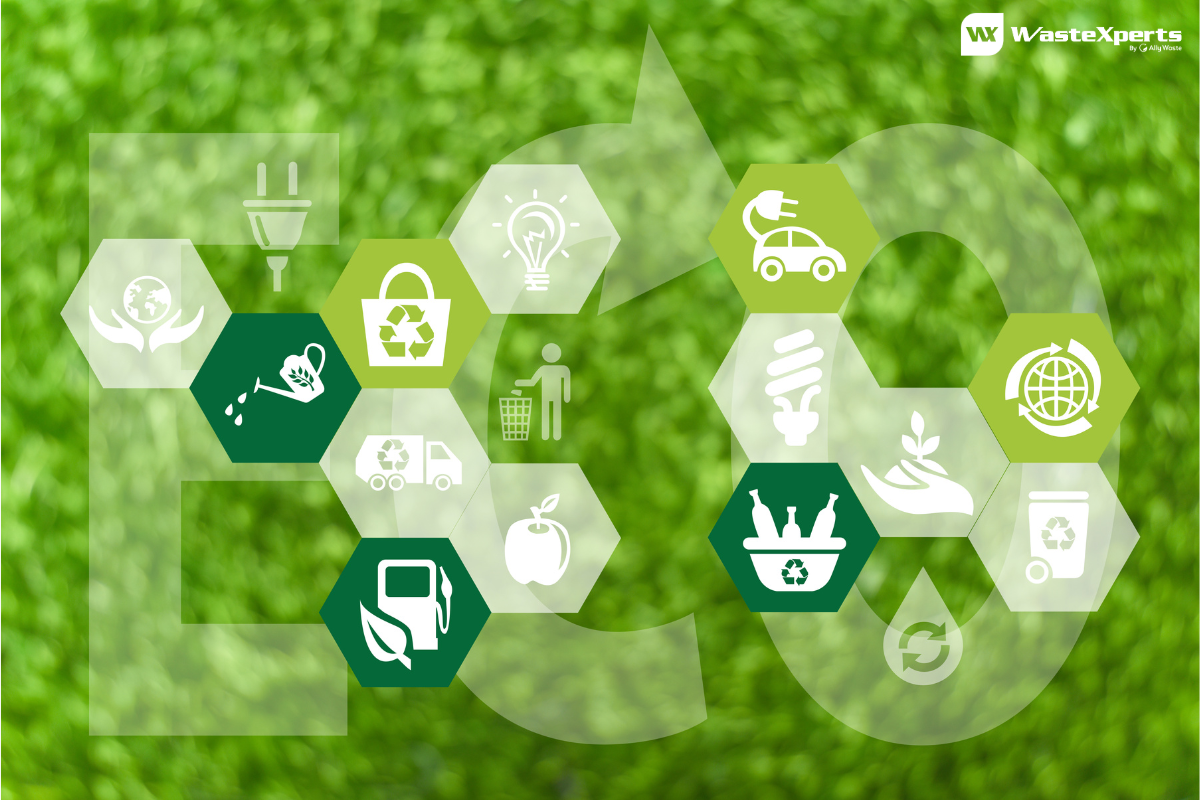Eco Audits: How to Assess Your Organization's Environmental Impact


As sustainability becomes a core business priority, organizations across industries are turning to eco audits to better understand and manage their environmental impact. Whether you’re motivated by regulatory compliance, ESG goals, or a commitment to corporate responsibility, an eco audit is a powerful tool that reveals where your organization stands, and where it can improve.
In this blog, we’ll walk through what an eco audit involves, key components to consider, and how businesses like yours can take meaningful steps toward a greener, more efficient future.
An eco audit, also known as an environmental audit, is a structured process that assesses an organization’s environmental performance. It identifies how your operations impact the environment—from energy usage and waste generation to emissions and water consumption. Eco audits are not just checklists; they offer data-backed insights that can inform sustainability strategies, operational improvements, and compliance with environmental regulations.
Whether conducted internally or by a third-party expert, eco audits are essential for:
Eco audits are more than just a corporate checkbox—they’re a strategic asset. Here’s why they matter:
A comprehensive eco audit typically covers several core areas:
1. Energy Use
Measure how much energy your operations consume, the sources of that energy (renewable vs.non-renewable), and peak usage times. This helps identify opportunities to improve efficiency and shift toward cleaner energy sources.
2. Water Usage
Track water consumption across facilities. Are there leaks or overuse in production processes? Could gray water systems or low-flow fixtures help?
3. Waste Management
Evaluate the volume and types of waste produced—solid waste, hazardous waste, recyclables—and how they are managed. Are recyclables being properly sorted? Are organics ending up in landfills?
4. Carbon Footprint
Assess emissions from transportation, manufacturing, and other operational sources. Consider Scope 1, 2, and 3 emissions for a full greenhouse gas inventory.
5. Procurement and Supply Chain
Review your sourcing practices. Are suppliers committed to sustainability? Do you have policies for environmentally responsible purchasing?
6. Compliance Review
Ensure your business meets all local, state, and federal environmental regulations, including permitting, waste handling, and reporting requirements.
Step 1: Assemble a Team
Designate a cross-functional team with knowledge of facilities, operations, procurement, and compliance.
Step 2: Set Objectives
Define the scope of the audit—are you focusing on one facility or your entire enterprise? What metrics or standards will you use?
Step 3: Collect Data
Gather utility bills, waste hauler reports, material usage logs, and supplier records. The more accurate your baseline, the more meaningful your findings.
Step 4: Analyze and Benchmark
Compare your data to industry benchmarks or past performance. Identify outliers and areas for immediate action.
Step 5: Develop an Action Plan
Prioritize improvements based on cost, impact, and feasibility. Examples might include switching to LED lighting, expanding recycling programs, or partnering with vendors that offer sustainable alternatives.
Step 6: Monitor and Improve
Eco audits aren’t one-and-done. Build regular audits into your operations and track progress over time.
At WasteXperts, we specialize in waste audits and sustainability consulting that go beyond the basics. We help organizations pinpoint inefficiencies, improve landfill diversion rates, and build custom waste reduction programs that drive measurable results.
If you’re ready to understand your environmental impact and take action, partner with WasteXperts for a comprehensive, hands-on eco audit tailored to your needs. Together, we can turn your sustainability goals into operational wins.
Ready to take the first step toward a more sustainable operation? Contact WasteXperts today to schedule your custom eco audit.